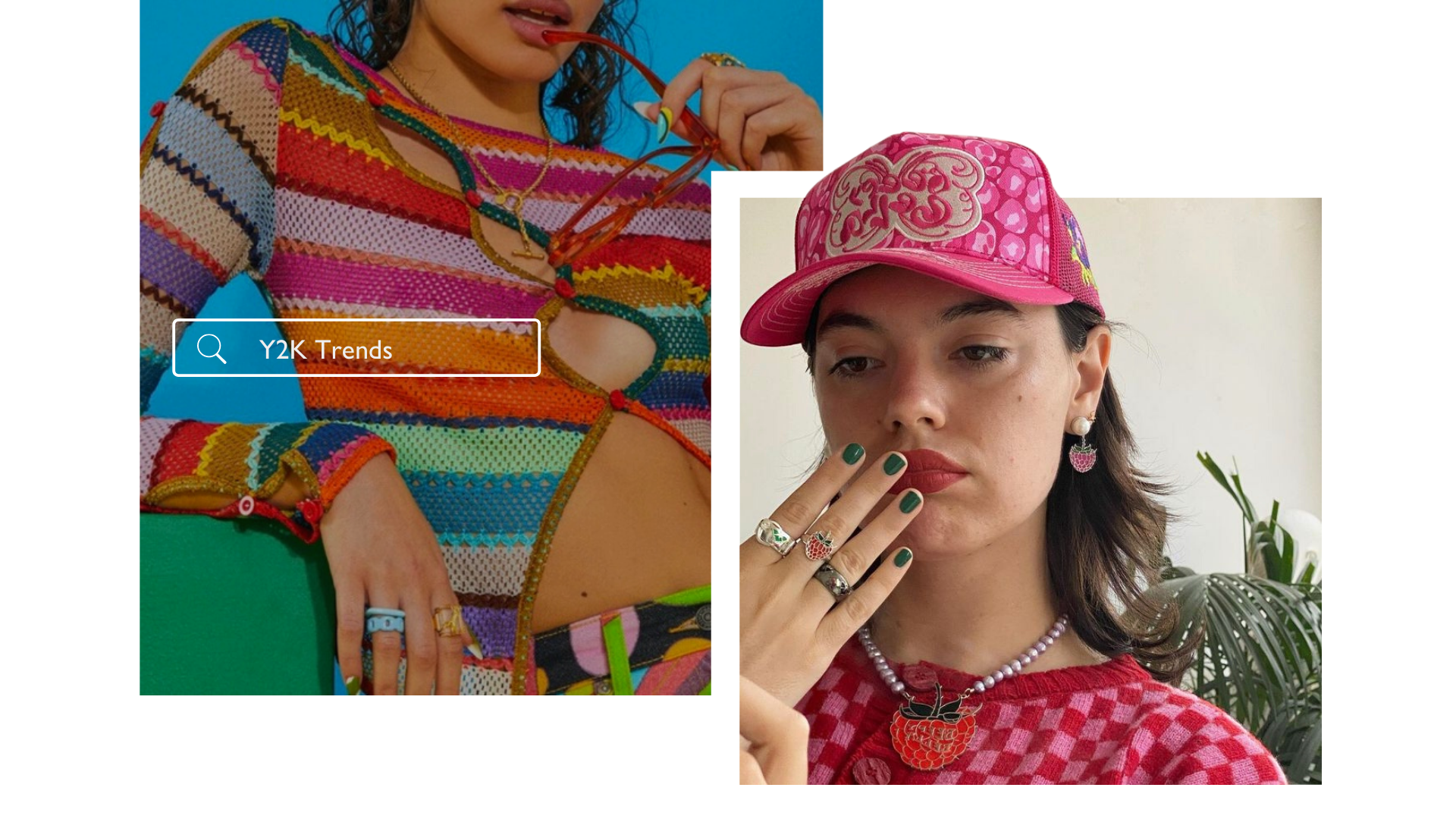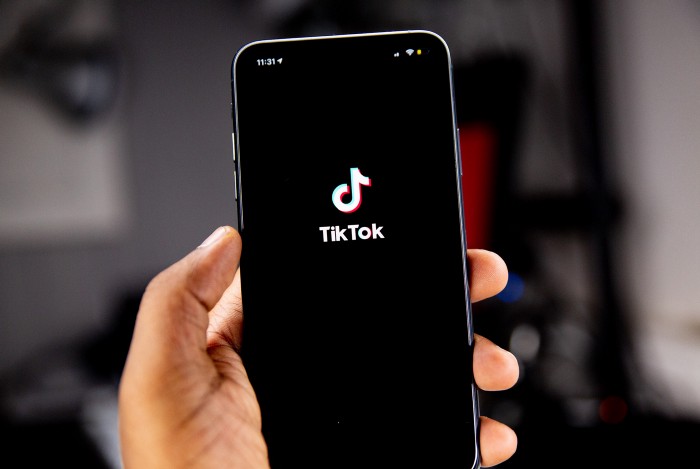2021 Macro Trend: New Frontier
The pandemic has permanently changed the way we live. As consumers move away from major cities to the suburbs, they gravitate towards products that remind them of their childhoods. With the ability to work from home, a shift likely to stick around indefinitely, businesses are investing in the tools their employees need to do that. Though offering more freedom throughout the workweek, the lack of social interaction is leading more to experience loneliness, an epidemic for which the world is searching for solutions.
In cities like New York, Chicago, San Francisco, and Boston, a net loss of households from migration widened by 71% in 2020 from the previous year. At the same time, net new suburban households from migration rose 43% in 2020 from the prior year. With a more flexible work schedule and a new set of priorities, it seems consumers and businesses alike are moving away from major cities to the less-crowded, more affordable suburbs. In the United States, national chains are shifting their focus away from city centers. On Broadway in Manhattan, more than 300 storefronts are vacant–a 78% increase from 2017, according to the WSJ. While in London, Harrods is betting on the suburbs for success with its new standalone beauty store H Beauty. This strategy reflects the expert belief that we will see a wider variety of areas offering the benefits of urban living, and a retail boost in secondary cities and affluent outer city districts.
Experiencing unparalleled levels of uncertainty and the suburban setting of their childhoods, many consumers are gravitating toward the familiar, seeking comfort and escape in throwback formats. The hashtag #nostalgia has 11.2B views on TikTok alone, while #y2k has 1.8B views. Brands are taking note, launching a wave of nostalgia-themed collections over the past year. Starface celebrated the 60th anniversary of Hello Kitty with Hello Kitty-shaped acne patches, Morphe launched a Lisa Frank makeup collection, and Colourpop released a collaboration with Disney’s Lizzie McGuire. Just this month, HipDot launched a Clueless makeup collection featuring plaid packaging and Cher-inspired shades. Popular childhood tv shows and movies are returning to the screen with live-action remakes, including The Powerpuff Girls and The Little Mermaid, and vinyls are returning to the forefront of the music industry. During 2020, vinyl sales outpaced that of CDs in the United States for the first time since the 1980s, according to the Recording Industry Association of America. Studies have shown that nostalgia can help dampen feelings of existential threat, and it seems that consumers are using it to do just that.
After the abrupt closing of workplaces last year, the United States entered a new era of remote work. Among employed adults who say that, for the most part, the responsibilities of their job can be done from home, 71% are currently working from home all or most of the time, according to a recent Pew Research survey. More than half say, given a choice, they would want to keep working from home even after the pandemic. So, as vaccine rollouts and low infection rates bring hopes of reopening, what the future of work will look like remains a question mark. Many organizations are considering the pandemic a catalyst for reinventing an office that is no longer just a place to work, but a place that champions a sense of community where employees feel a renewed sense of resilience, productivity, and belonging. As the lines between home, office, and vacation continue to blur, brands are given a unique opportunity to redefine what vacations look like. The hospitality industry is shifting to accommodate a new type of visitor and cafes like Starbucks are adapting to the demands of remote workers. As of July 2020, the coffee chain unveiled a new Tokyo store designed for workers.
Though remote work gives employees more freedom during the workweek, it also exacerbates the loneliness epidemic. According to the CDC, depression has tripled in the U.S. with younger adults, racial and ethnic minorities, essential workers, and unpaid adult caregivers reporting disproportionately worse mental health outcomes. The past year has served as a reminder of the importance of human connection, and 2021 will offer digital solutions to social isolation. Dating platforms are taking a more mindful approach, online counseling is helping couples stay connected, and skincare brands are placing emotional wellness at the forefront. Apparel brands are also lending a hand. H&M teamed up with tech wearable startup Boltwear to create a denim jacket that also functions as a medium for emotions. Flexible sensors built into the shoulders give the wearer the sensation of being hugged when the sensors are activated. A comforting sentiment as we adjust to a new post-pandemic world.
Micro Trends
1. Sub(urban) Revolution
The pandemic prompted a fundamental shift in the way we live–from what we buy to how we socialize to where we call home. With a more flexible work schedule and a new set of priorities, consumers and businesses alike are moving away from major cities to the suburbs.
2. Retro Revival
Consumers are finding solace in the 90s and Y2K aesthetics, flocking to deeply nostalgic Instagram accounts and products that remind them of their childhoods. Accounts like @90sAnxiety (1.8m followers) and @90sMilk (459k followers) transport people back to a time when Britney Spears was on the radio and Brad Pitt and Jennifer Aniston were still together, while Basenote Bitch, an account run by Elizabeth Renstrom, photographer and editor at The New Yorker, captures nostalgic scents of the time. Searches for the term “Y2K” are up +18% to last year and social buzz is +109% to last year, while market adoption is +30% in the last 30 days. The hashtag #nostalgia has 11.2B views on TikTok alone, while #y2k has 1.8B views.
3. The New Workplace
As the pandemic surged and daily life meant staying inside, the home evolved to encompass our whole world, from the gym to the office. As people adapted to work from home, video meeting platforms experienced a surge in traffic. The workplace will continue to evolve as industries adapt to the remote worker, organizations adapt to employee preferences, and employees adapt to the work-from-anywhere mentality. Where one works and how one works will never be the same.
4. Isolated Intimacy
With more people living alone and in-person outings a rare occurrence, it is unsurprising that social isolation has been a catalyst for the loneliness epidemic. According to the CDC, depression has tripled in the U.S. with younger adults, racial and ethnic minorities, essential workers, and unpaid adult caregivers reporting disproportionately worse mental health outcomes, increased substance use, and elevated suicidal ideation. Brands and retailers are offering digital tools and services meant to improve interpersonal relationships. These tools not only help people end toxic relationships but could be the key to building long-lasting and healthy ones.
If you’re interested in the full New Frontier report or want to learn more about trends that are growing — and dying, please contact hello@trendalytics.co


.png)